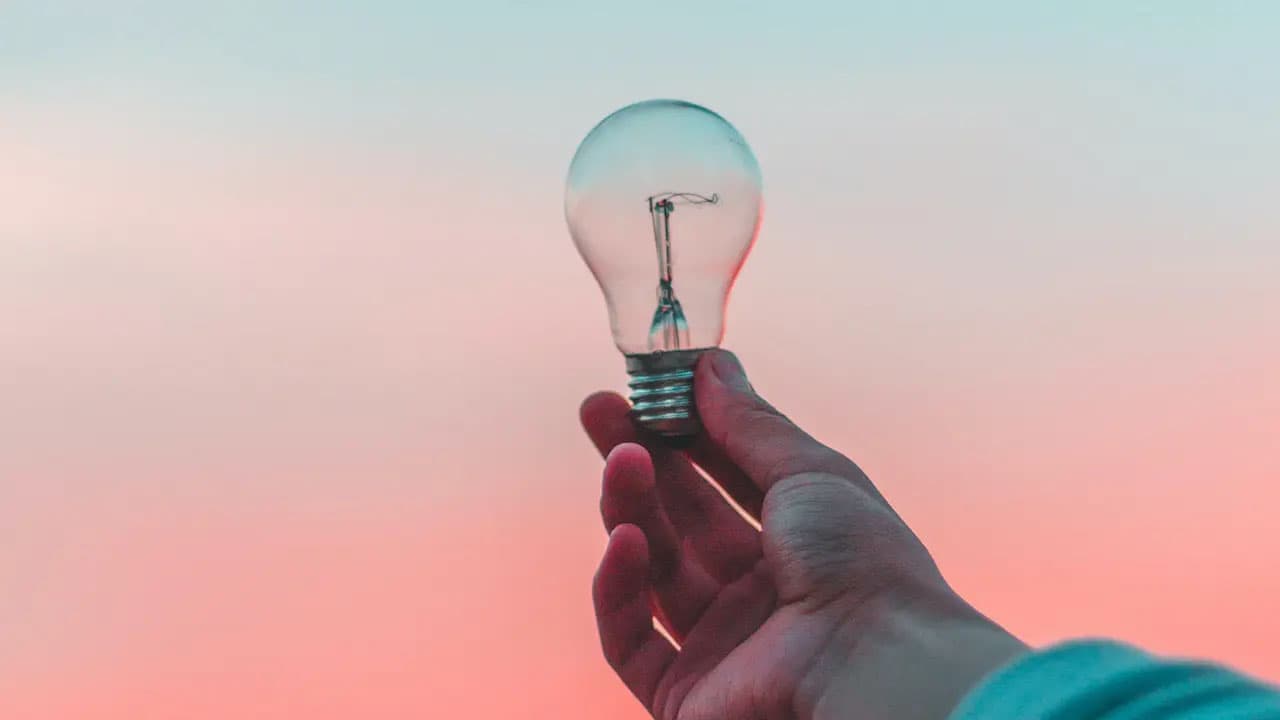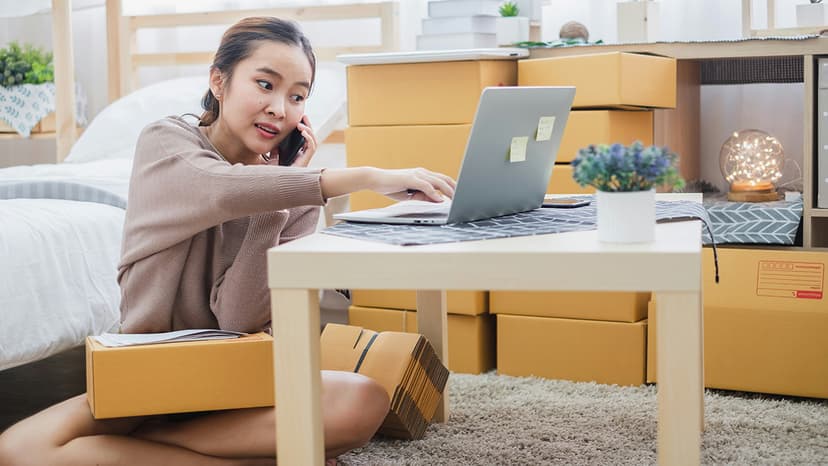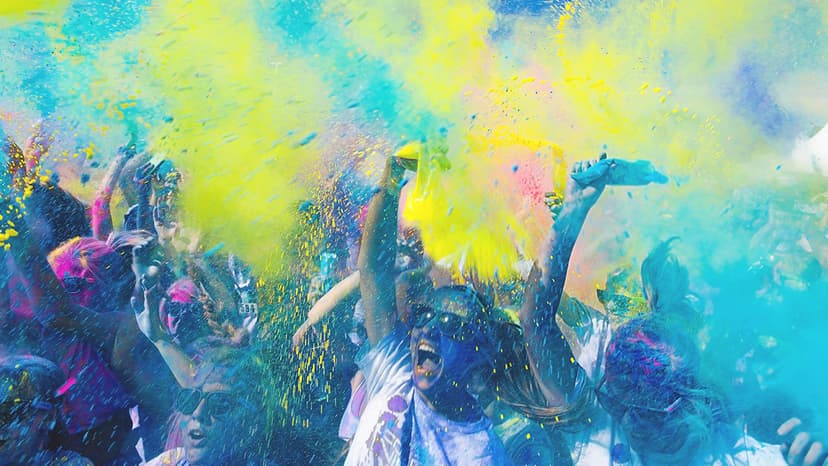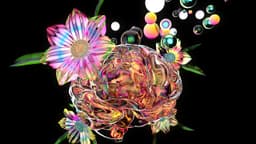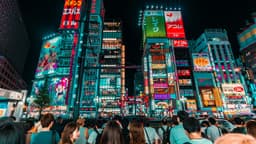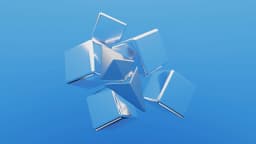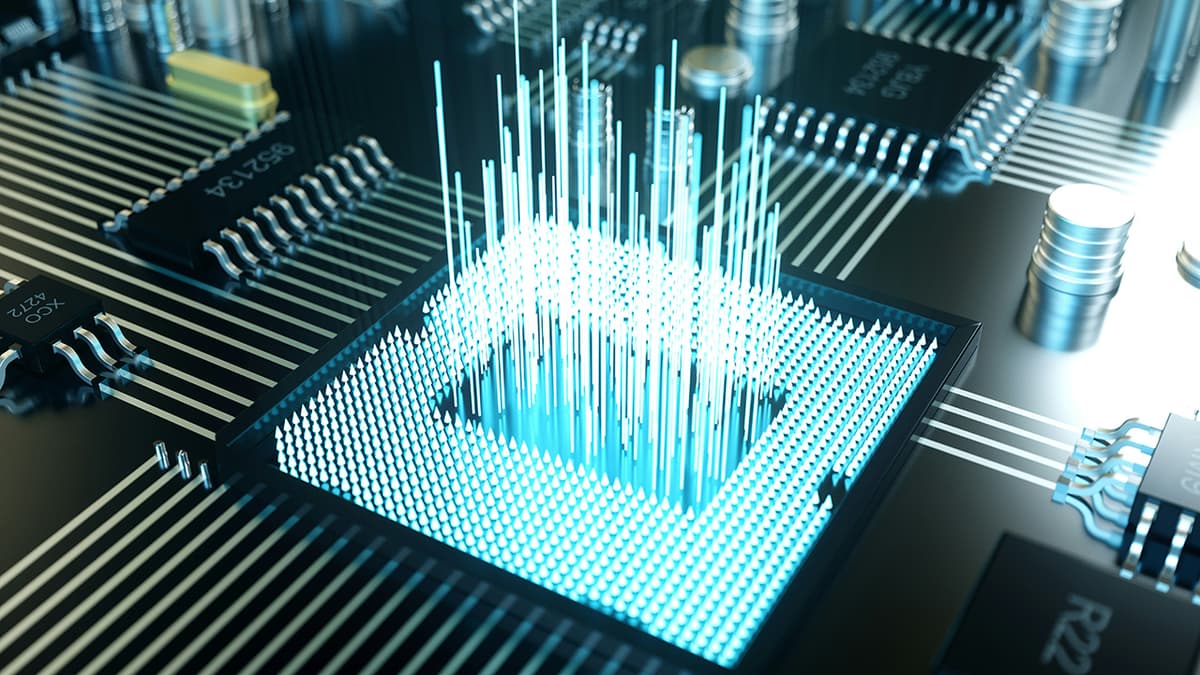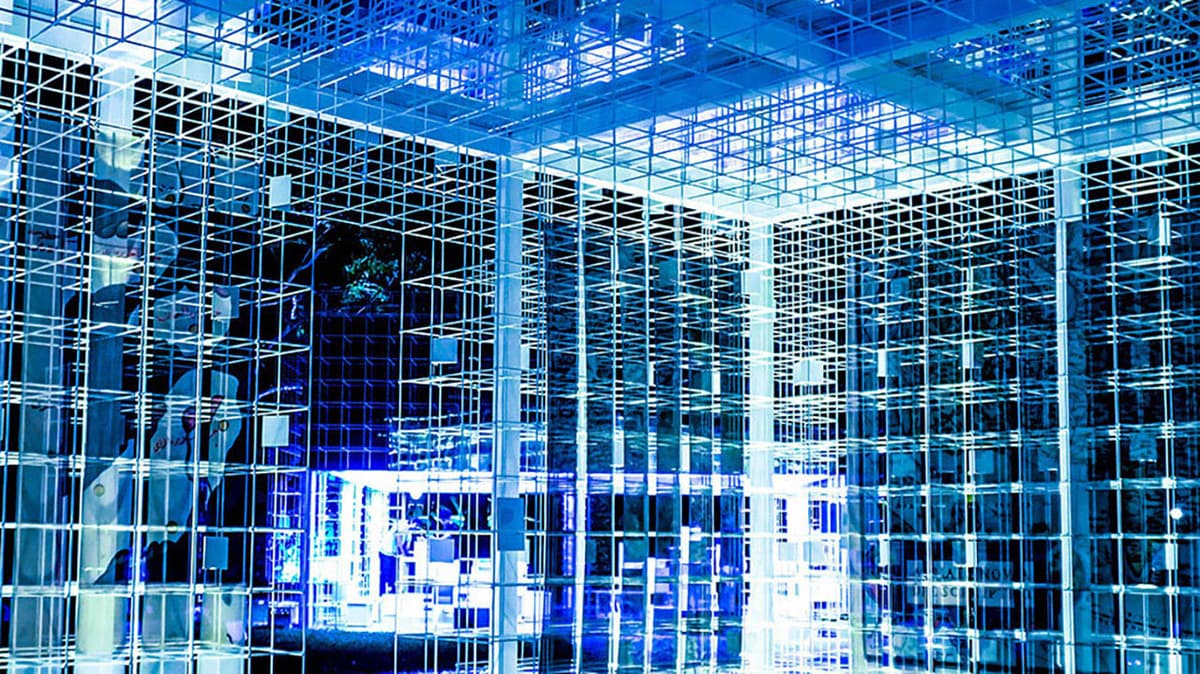How to Optimize YOLO Image Size for Object Detection?
Are you looking to enhance the efficiency of your object detection model using YOLO (You Only Look Once)? One key aspect to consider is the size of the images you use for training and inference. Properly optimizing the image size can significantly impact the performance and accuracy of your YOLO model. In this article, we will explore the best practices for determining the optimal image size in YOLO for improved object detection results.
Understanding the Importance of Image Size
Image size plays a crucial role in object detection models like YOLO. The dimensions of the input images directly affect the accuracy, speed, and efficiency of the detection process. Larger images contain more details but require higher computation resources, while smaller images may sacrifice important information. Striking the right balance is key to achieving optimal performance.
Factors to Consider When Choosing Image Size
When selecting the image size for your YOLO model, several factors should be taken into account:
1. Model Architecture
The architecture of your YOLO model, such as YOLOv3 or YOLOv4, may have specific requirements or recommendations regarding image size. It's essential to refer to the model documentation for guidance on choosing the appropriate dimensions.
2. Object Size and Resolution
Consider the typical size of objects in your dataset and the level of detail required for accurate detection. Smaller objects may necessitate higher image resolution for proper recognition, while larger objects can be identified with lower resolutions.
3. Computational Resources
The computational capabilities of your hardware determine the maximum image size that can be processed efficiently. Higher resolution images require more processing power and memory, so it's important to strike a balance between accuracy and speed based on your resources.
4. Training Data Diversity
The diversity of objects, backgrounds, and lighting conditions in your training data can influence the ideal image size. Ensure your image dimensions are suitable for capturing the varied characteristics of your dataset.
Best Practices for Optimizing Image Size
To optimize the image size for your YOLO model, follow these best practices:
1. Experiment with Different Resolutions
Start by experimenting with a range of image resolutions during training to identify the optimal size for your specific dataset and requirements. Train the model using various resolutions and evaluate the performance metrics to determine the most effective dimension.
2. Balance between Speed and Accuracy
Find a balance between the image size, model accuracy, and processing speed. Larger images improve accuracy but may slow down inference times, while smaller images can be processed faster but may compromise detection performance.
3. Resize Images Proportionally
Maintain the aspect ratio of your images when resizing to prevent distortion. Scaling images proportionally ensures that objects are represented accurately, minimizing the risk of misclassification due to stretching or squashing.
4. Utilize Data Augmentation
Augment your training data by applying transformations such as cropping, rotation, and flipping. Data augmentation techniques can help improve the robustness of your model and reduce the impact of variations in image size and orientation.
5. Monitor Model Performance
Regularly monitor the performance of your YOLO model using different image sizes and adjust the dimensions based on the evaluation results. Continuously fine-tune the image size to achieve optimal detection accuracy and efficiency.
Optimizing the image size for your YOLO object detection model is a critical step in enhancing its performance and accuracy. By considering factors such as model architecture, object size, computational resources, and training data diversity, you can determine the ideal image dimensions for your specific use case. Experimenting with different resolutions, maintaining aspect ratios, and utilizing data augmentation techniques are key strategies for achieving optimal results. Stay vigilant in monitoring your model's performance and be prepared to adapt the image size as needed to maximize the effectiveness of your YOLO-based object detection system.
